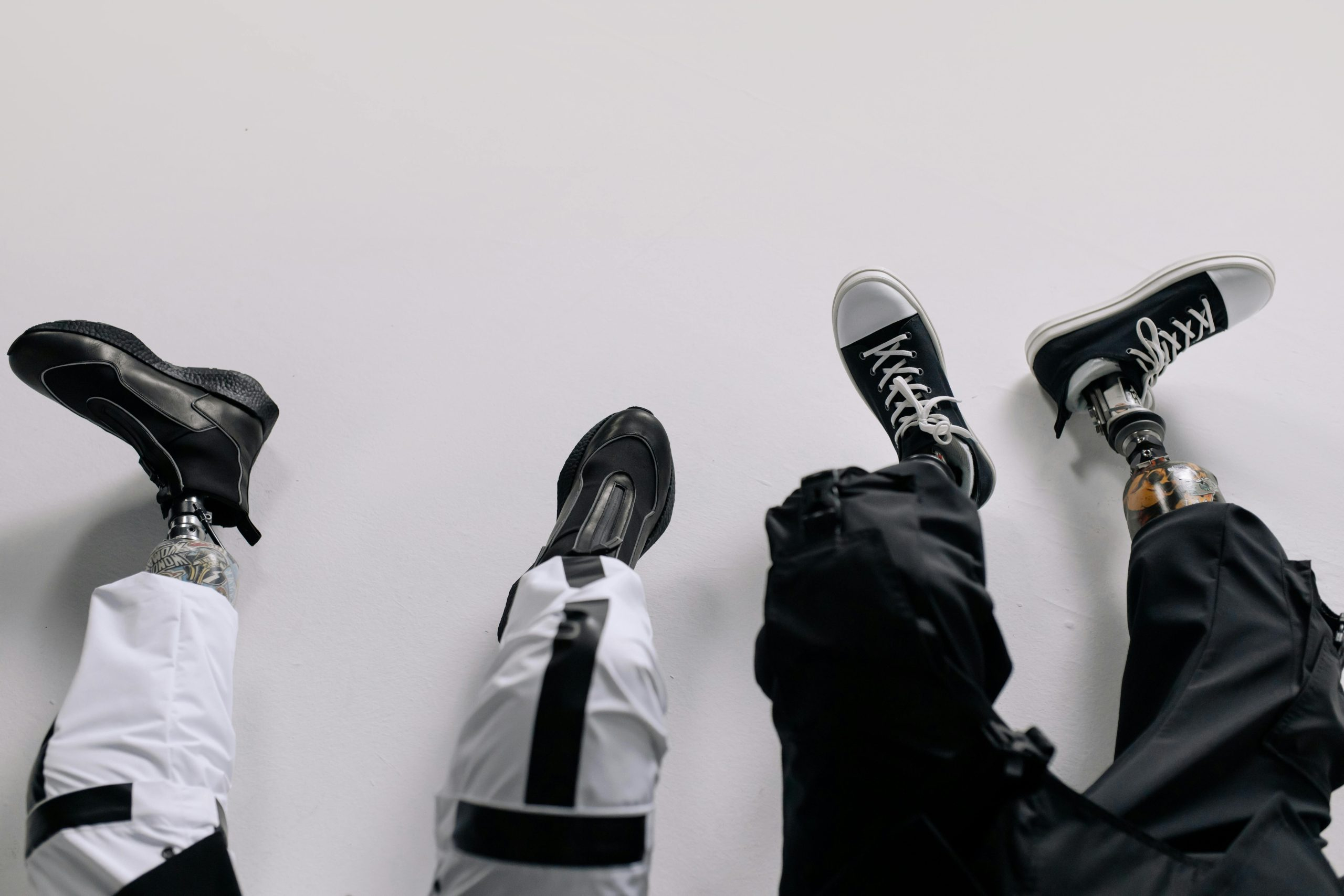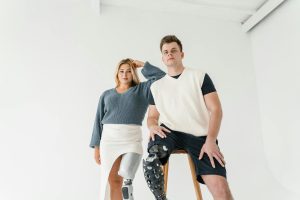Adaptive clothing: Greater inclusivity in fashion collections
In recent years, the fashion industry has been making strides towards inclusivity and diversity, with a strong advocate for body positivity and representation. However, one group that has been historically neglected by the fashion industry is people with disabilities. The lack of adaptive clothing options for people with physical disabilities or mobility impairments has created a gap in the market, leaving many individuals with limited fashion choices. Despite this, there has been a rise in the demand for adaptive clothing, leading to the emergence of inclusive fashion collections. In this article, we will explore the concept of adaptive clothing and the positive impact it has on promoting greater inclusivity in fashion collections.
The Rise of Adaptive Clothing
Diversity and inclusivity have gained a significant spotlight in the fashion industry in recent years, with brands embracing models of all shapes, sizes, ages, and genders on their runways. However, one group that has been largely left out in this movement is people with disabilities. The fashion industry has long been criticized for its lack of representation and accessibility for people with disabilities, leading to the rise of adaptive clothing.
Adaptive clothing is designed to accommodate the specific needs and challenges of people with disabilities, providing them with comfortable and functional clothing options. These clothing pieces are modified to be more accessible, easier to wear, and comfortable for individuals with mobility impairments or physical disabilities. From wheelchair-friendly designs to clothing with magnetic closures, adaptive clothing promotes independent dressing and boosts confidence for people with disabilities.
Greater Inclusivity in Fashion Collections
Promoting Diversity and Representation
The inclusion of adaptive clothing in fashion collections has not only addressed the needs of people with disabilities but has also greatly promoted diversity and representation. By showcasing models with disabilities on the runway and featuring them in campaigns, brands are taking a step towards representing the diverse population of their customers. This representation not only makes people with disabilities feel seen and included in the fashion industry but also promotes a positive body image for everyone.
Expanding the Market
The demand for adaptive clothing has been steadily increasing, with an estimated 2.2 billion people globally living with a disability. By incorporating adaptive clothing into their collections, brands are tapping into a significantly underserved market, expanding their customer base and potential for growth. This not only benefits the fashion industry but also creates more opportunities for people with disabilities to express themselves through fashion.
Breaking Stigmas and Stereotypes
The inclusion of adaptive clothing in fashion collections also helps break stigmas and stereotypes surrounding people with disabilities. By showcasing the capabilities and independence of models with disabilities, brands are challenging societal perceptions and promoting a more inclusive society. Fashion has the power to shape cultural norms and values, and the inclusion of adaptive clothing can pave the way towards a more inclusive and accepting society.
The Way Forward
The emergence of adaptive clothing in the fashion industry is a step in the right direction towards achieving greater inclusivity. However, there is still a long way to go in terms of accessibility and representation for people with disabilities. Brands need to continue actively listening to the needs and preferences of this demographic and incorporate their input into their designs. By working towards a more inclusive and diverse future, the fashion industry can truly live up to its potential as a platform for self-expression and empowerment for all individuals.
In Conclusion
The inclusion of adaptive clothing in fashion collections is not just a trend, but a necessary step towards promoting greater inclusivity in the industry. By addressing the needs of people with disabilities and providing them with fashionable and functional clothing options, the fashion industry is making progress towards creating a more diverse and representative space. With continued efforts and collaborations, we can hope to see a future where adaptive clothing is not just a niche market, but a standard in the fashion world.










